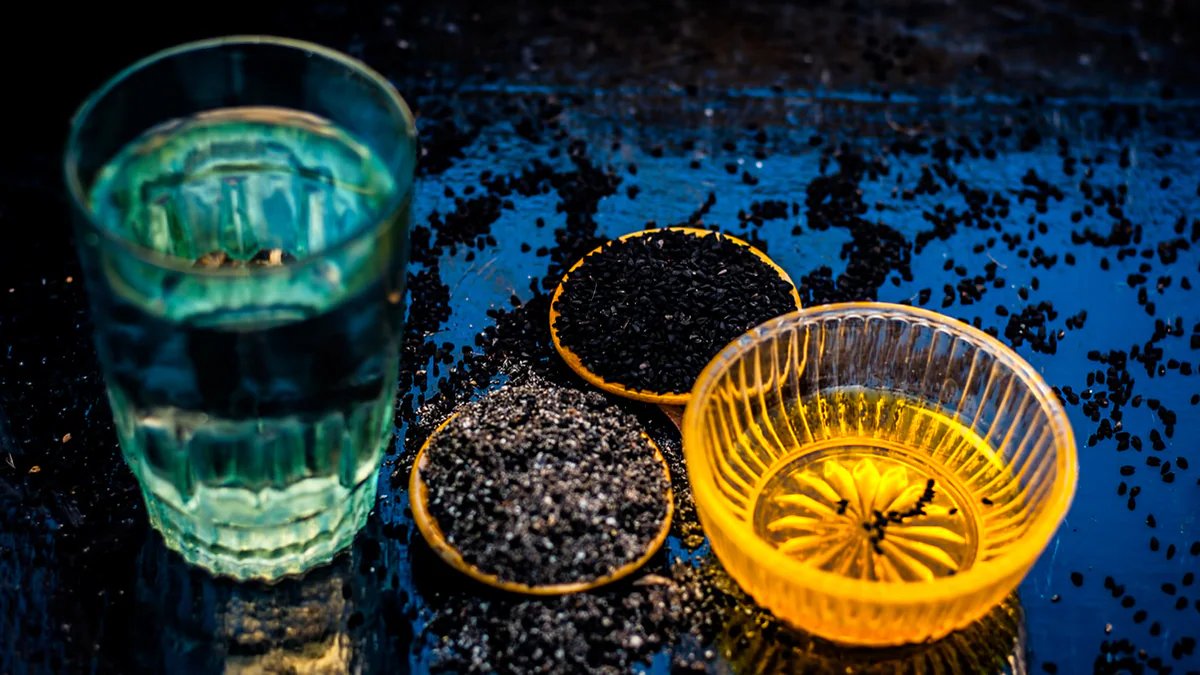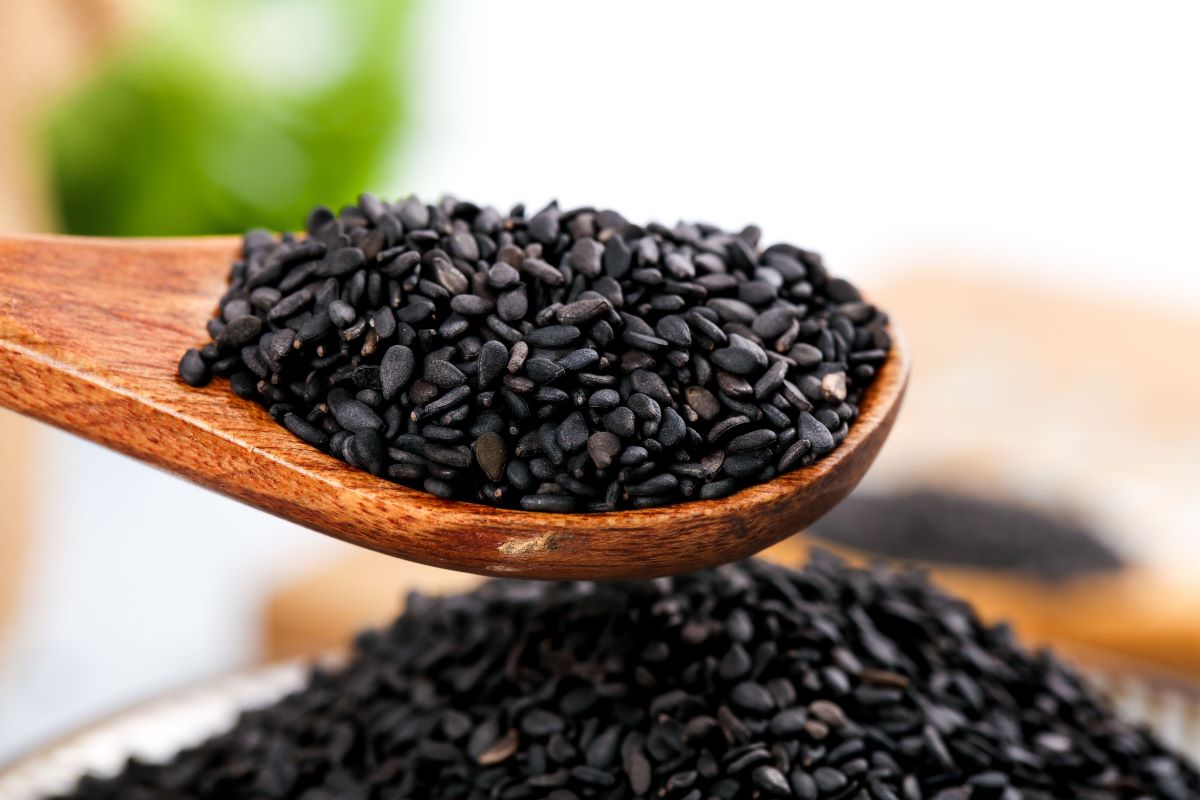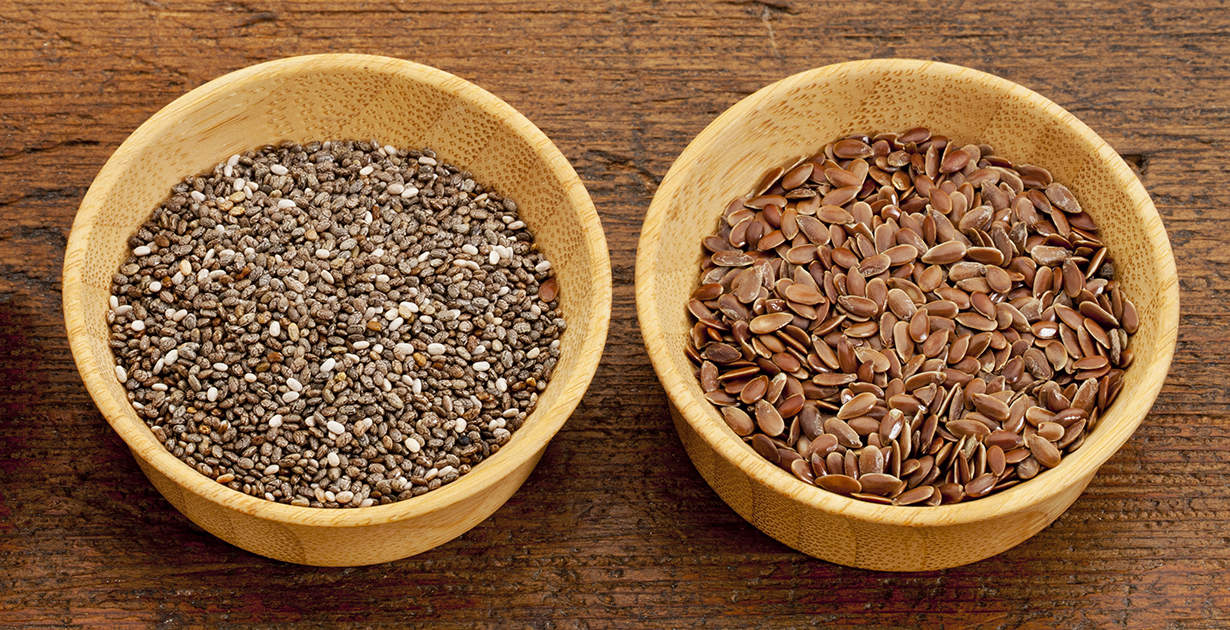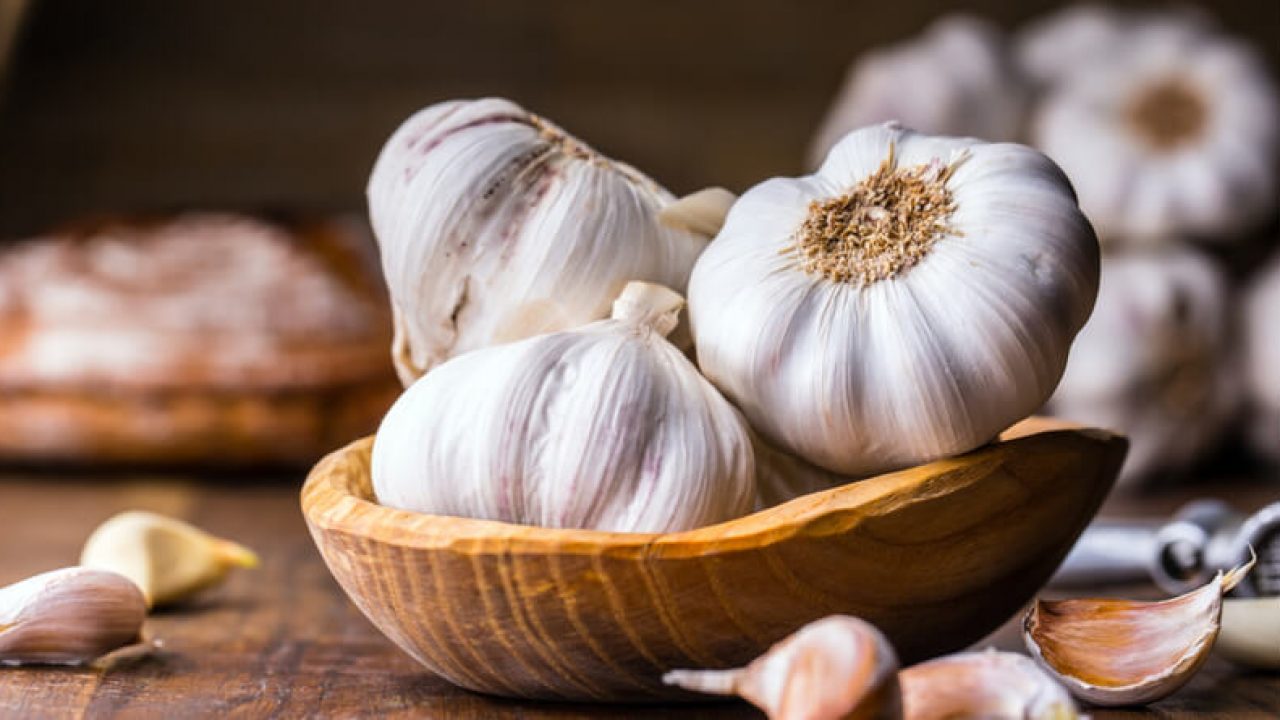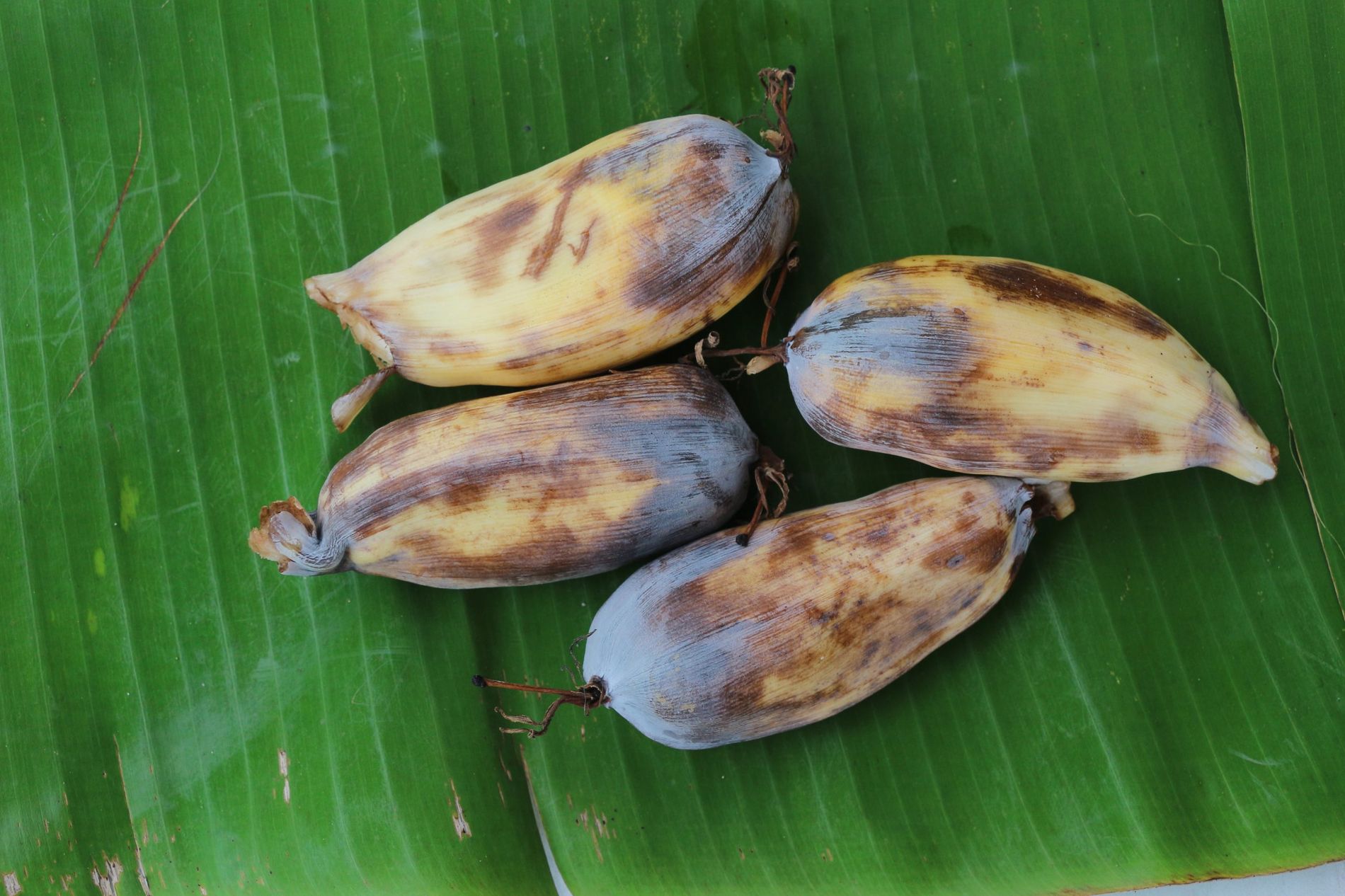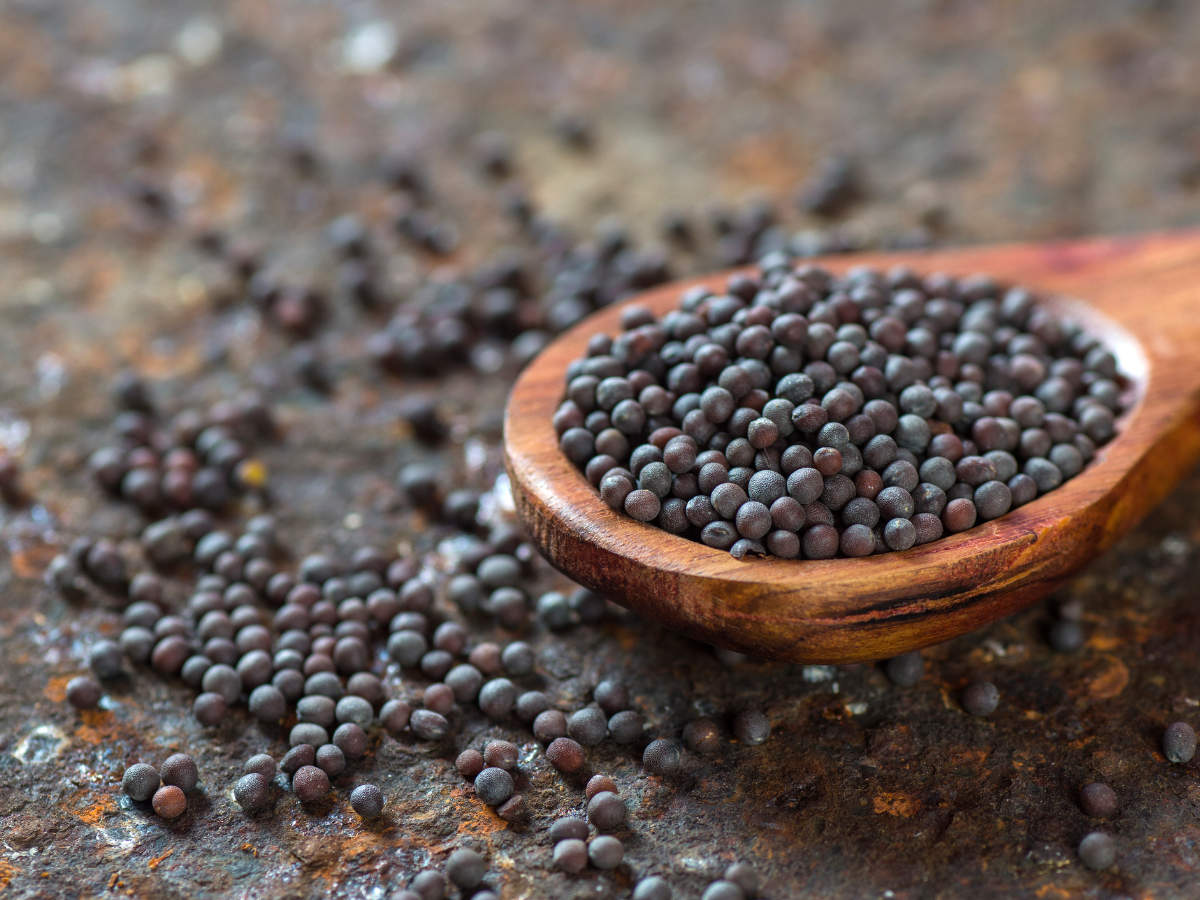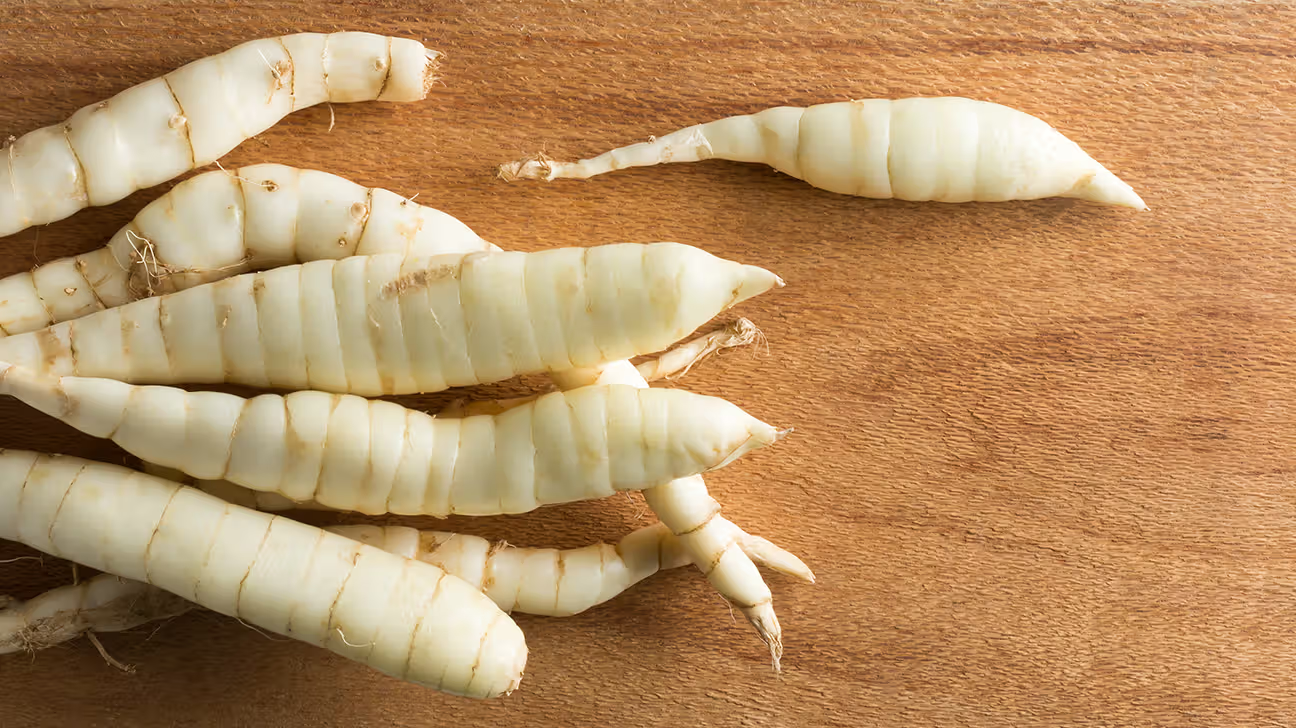Discover the Health Benefits of Kalonji Seeds
Kalonji seeds, also known as black cumin or Nigella seeds, are small black seeds that come from the flowering plant Nigella sativa. These tiny seeds have been used for centuries in traditional medicine and cooking, and they are known for their numerous health benefits. From boosting immunity to aiding in weight loss, kalonji seeds are a powerhouse of nutrients that can be easily incorporated into your daily diet.
Ways to Incorporate Kalonji Seeds into Your Daily Diet
If you’re wondering how to eat kalonji seeds daily, here are some simple and delicious ways to include them in your meals:
- Seasoning: Sprinkle kalonji seeds on top of salads, soups, or stir-fries for a nutty and slightly peppery flavor.
- Infused Water: Add a teaspoon of kalonji seeds to a glass of warm water and let it sit overnight. Drink the infused water in the morning for a refreshing and nutritious start to your day.
- Smoothies: Blend kalonji seeds into your favorite smoothie for an added nutritional boost. The seeds blend well with fruits and vegetables, adding a subtle crunch to your drink.
- Yogurt Topping: Sprinkle kalonji seeds on top of yogurt or Greek yogurt for a crunchy and flavorful topping. This is a great way to add texture and nutrients to your breakfast or snack.
- Bread and Baked Goods: Incorporate kalonji seeds into bread dough or sprinkle them on top of homemade bread, muffins, or other baked goods for a unique and aromatic twist.
Health Benefits of Eating Kalonji Seeds Daily
Adding kalonji seeds to your daily diet can have a positive impact on your overall health. Here are some of the key health benefits of consuming kalonji seeds regularly:
- Immune System Support: Kalonji seeds are rich in antioxidants and have immune-boosting properties that can help protect the body from infections and diseases.
- Weight Management: The fiber and protein content in kalonji seeds can aid in weight management by promoting a feeling of fullness and reducing cravings.
- Digestive Health: The anti-inflammatory and carminative properties of kalonji seeds can help alleviate digestive issues such as bloating, gas, and indigestion.
- Heart Health: Kalonji seeds contain healthy fats and compounds that support cardiovascular health, including reducing cholesterol levels and improving blood pressure.
- Anti-Inflammatory Effects: The active compounds in kalonji seeds have anti-inflammatory properties that can help reduce inflammation in the body and alleviate symptoms of conditions such as arthritis.
Precautions and Considerations
While kalonji seeds offer numerous health benefits, it’s important to consume them in moderation. Excessive intake of kalonji seeds may lead to potential side effects, especially for individuals with certain medical conditions or allergies. It’s always best to consult with a healthcare professional before making significant changes to your diet, especially if you have existing health concerns.
In conclusion, incorporating kalonji seeds into your daily diet can be a simple and effective way to enhance your overall well-being. Whether you sprinkle them on your meals, blend them into smoothies, or infuse them in water, these tiny seeds can make a big difference in your health. With their versatile nature and potent nutritional profile, kalonji seeds are a valuable addition to any balanced diet.
More Delicious Ways to Enjoy Kalonji Seeds
Now that you're familiar with the benefits and methods of including kalonji seeds in your diet, why not try some enticing recipes that incorporate this versatile spice? For a delightful start, the kalonji naan bread recipe offers a unique twist to your traditional bread, making it a must-try for an enhanced meal experience. If you're a fan of hearty dishes, the black cumin chicken curry recipe integrates kalonji seeds in a rich and flavorful way. For those looking to experiment further, the kalonji spiced popcorn recipe makes for a perfect quick snack with a burst of flavor. Each recipe is designed to not only introduce the distinct taste of kalonji but also to boost your daily nutrient intake effortlessly.
